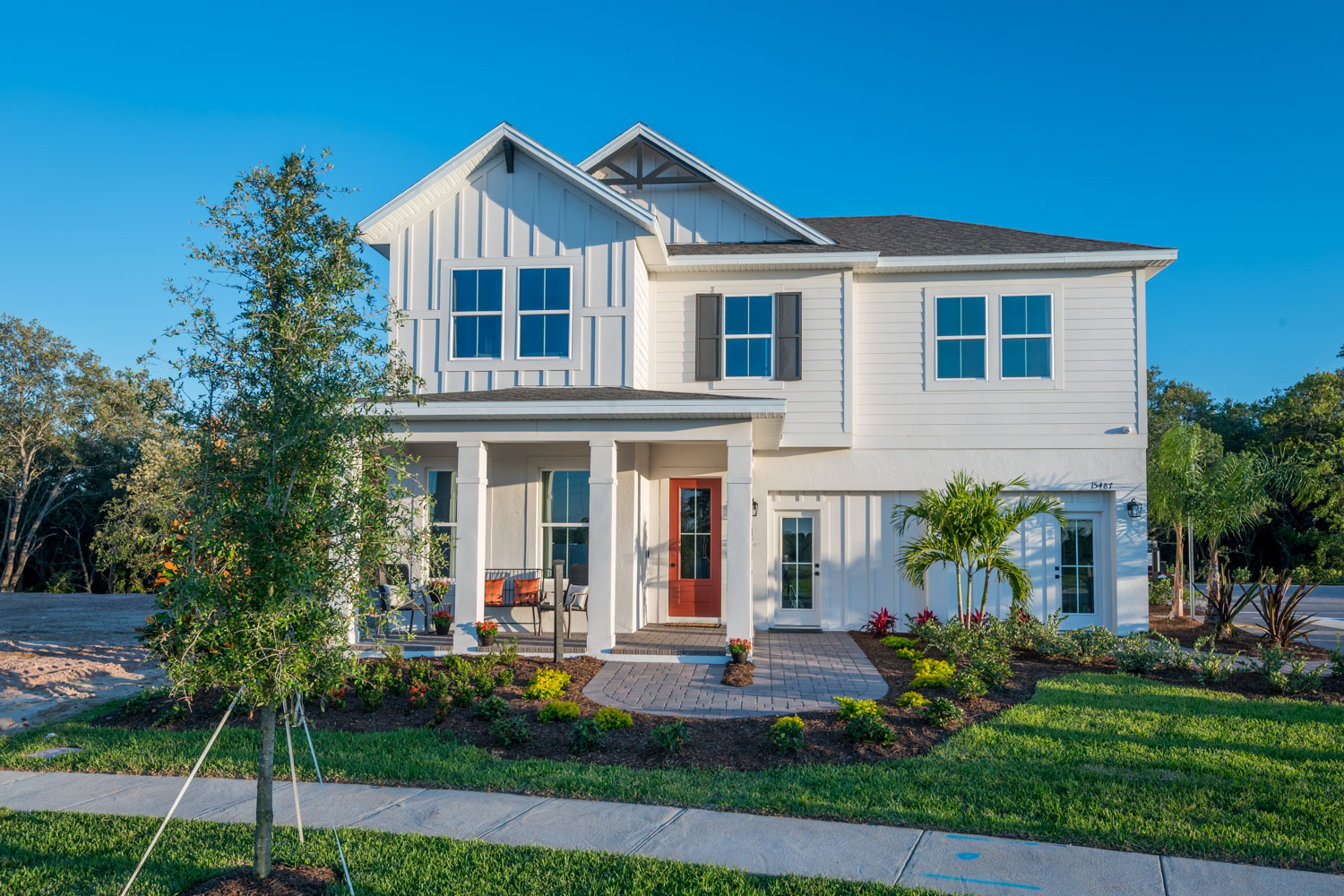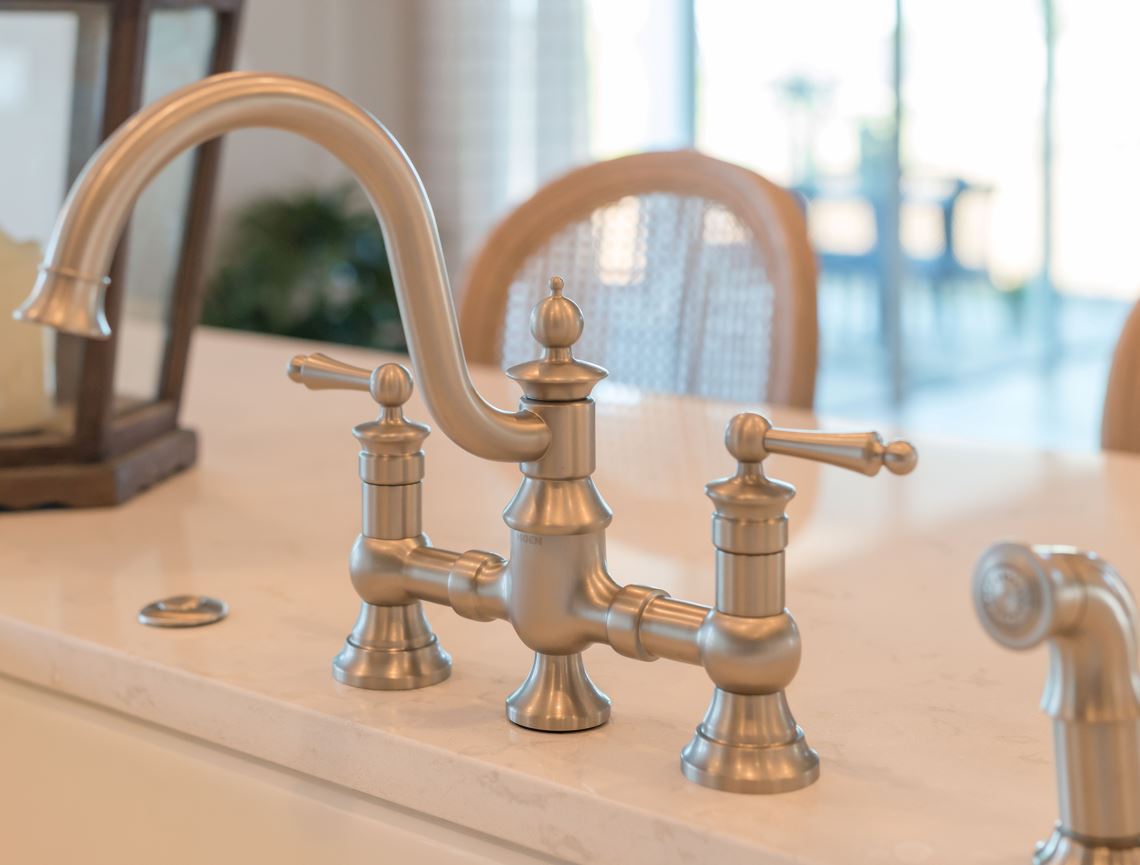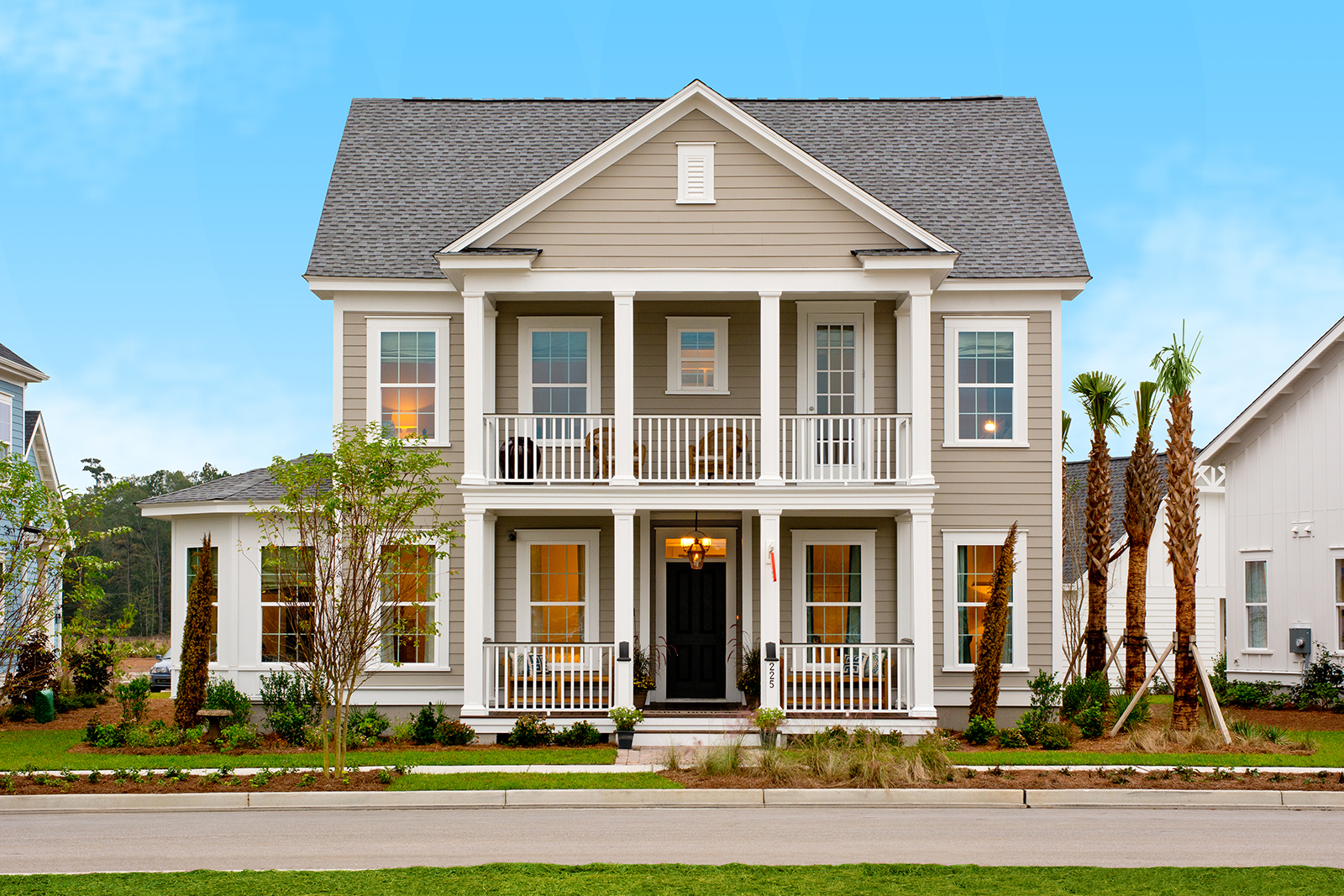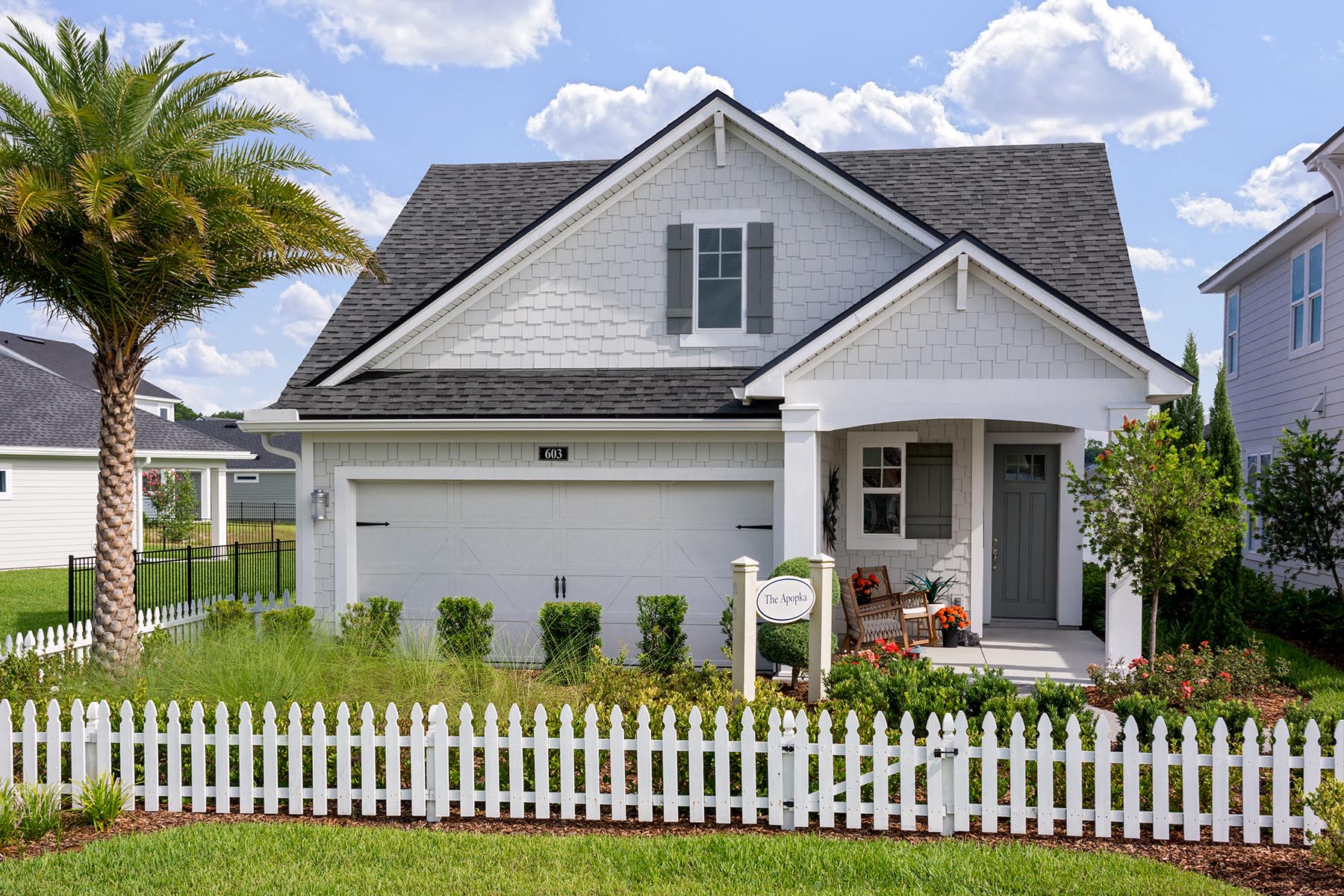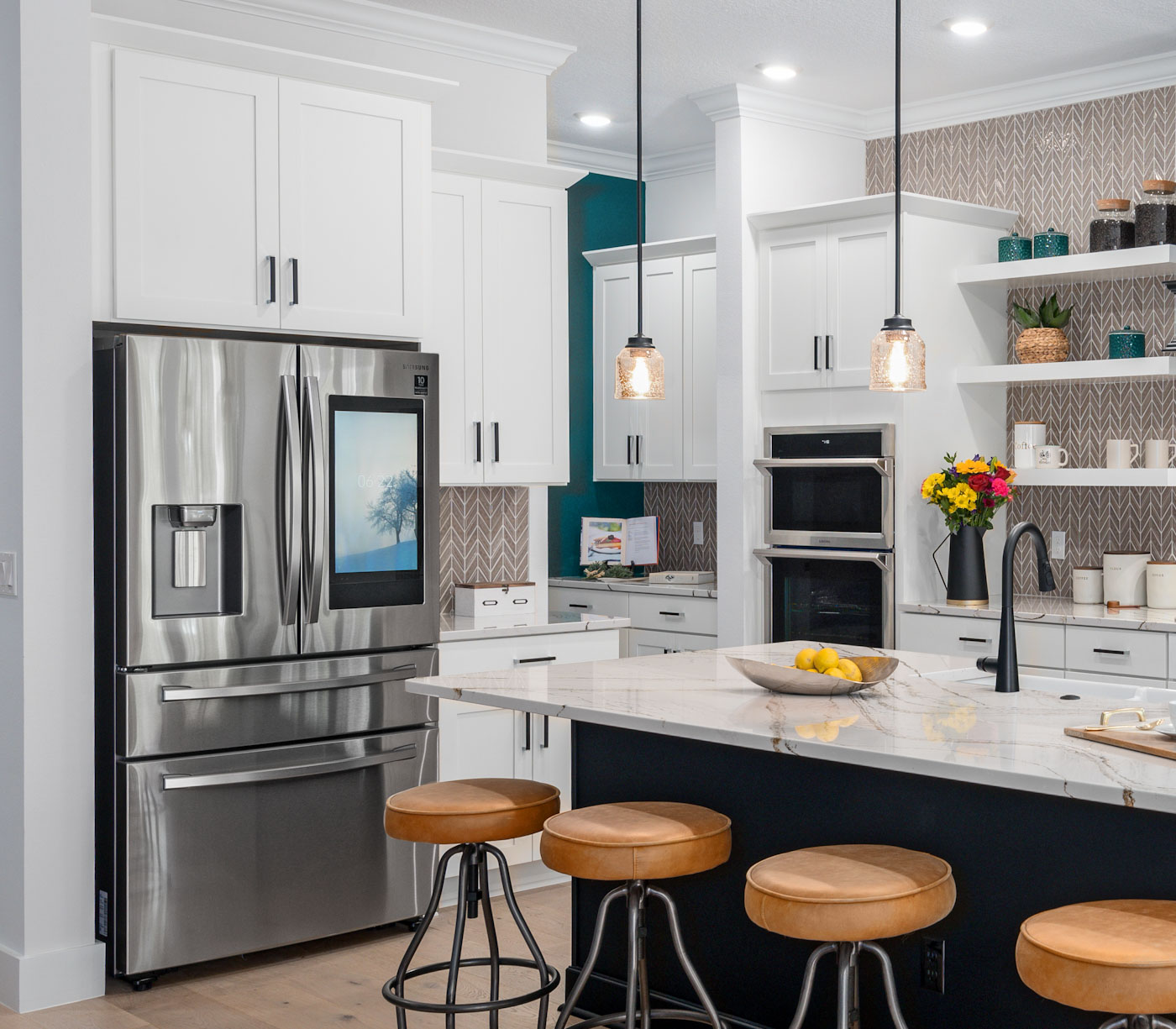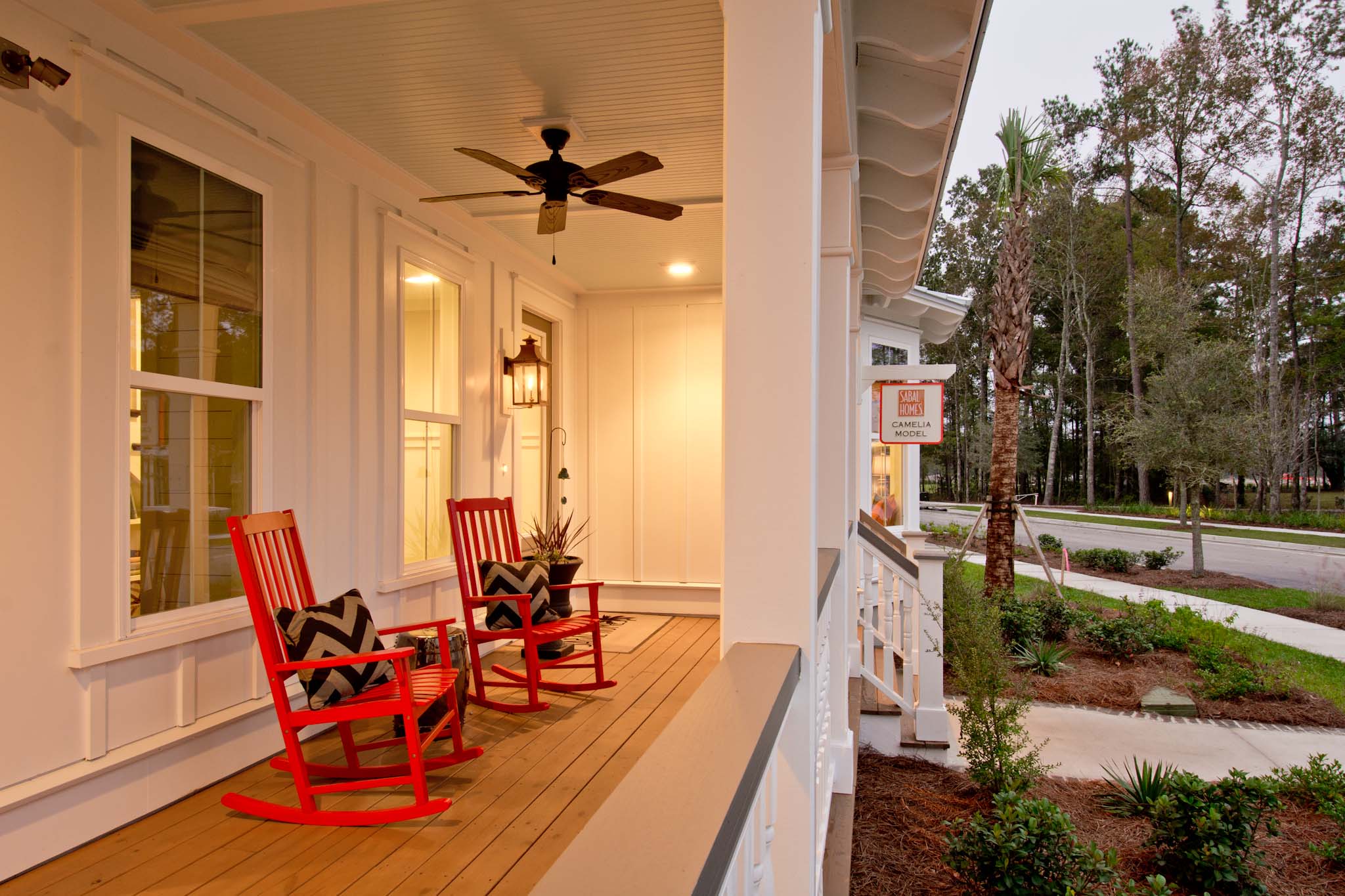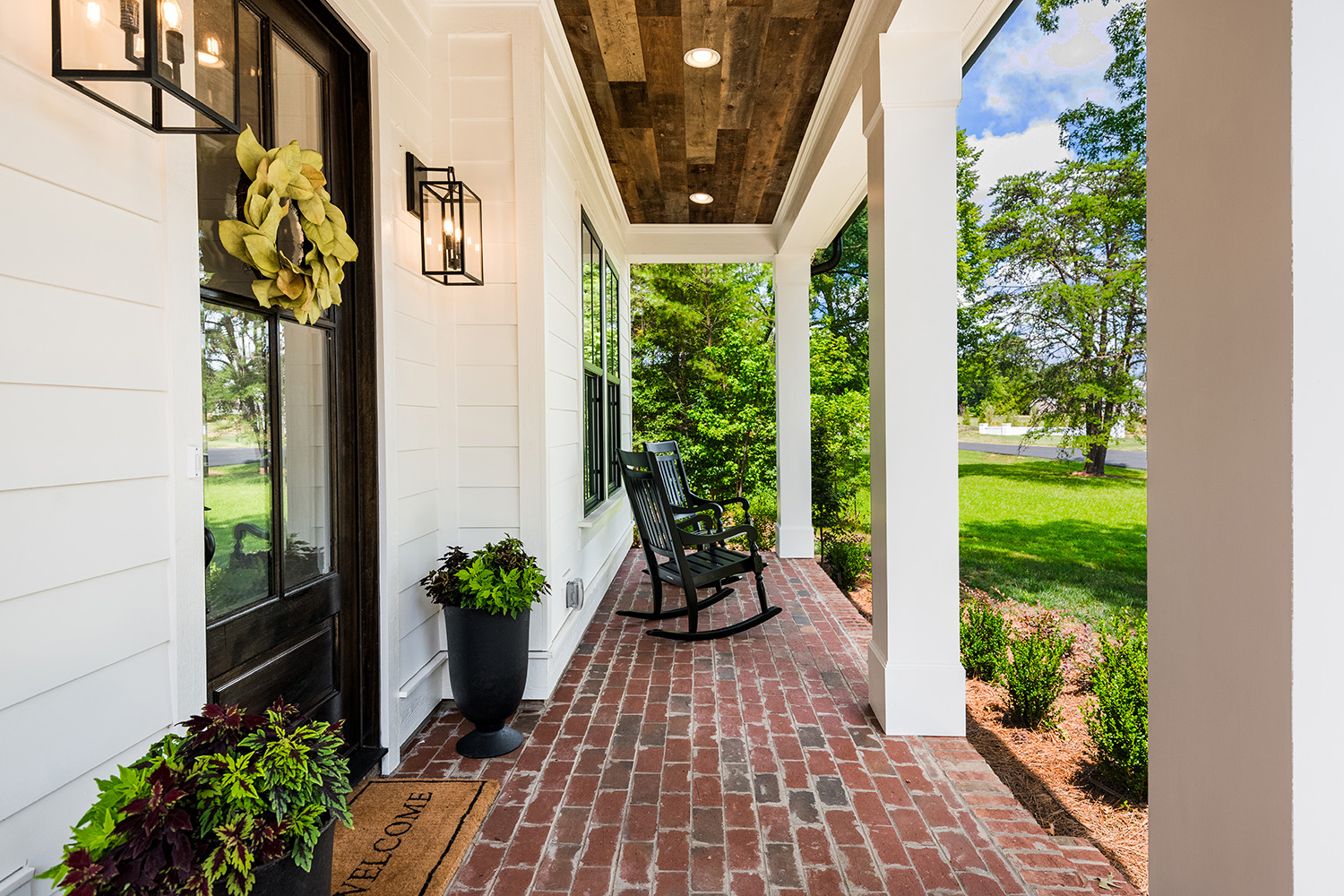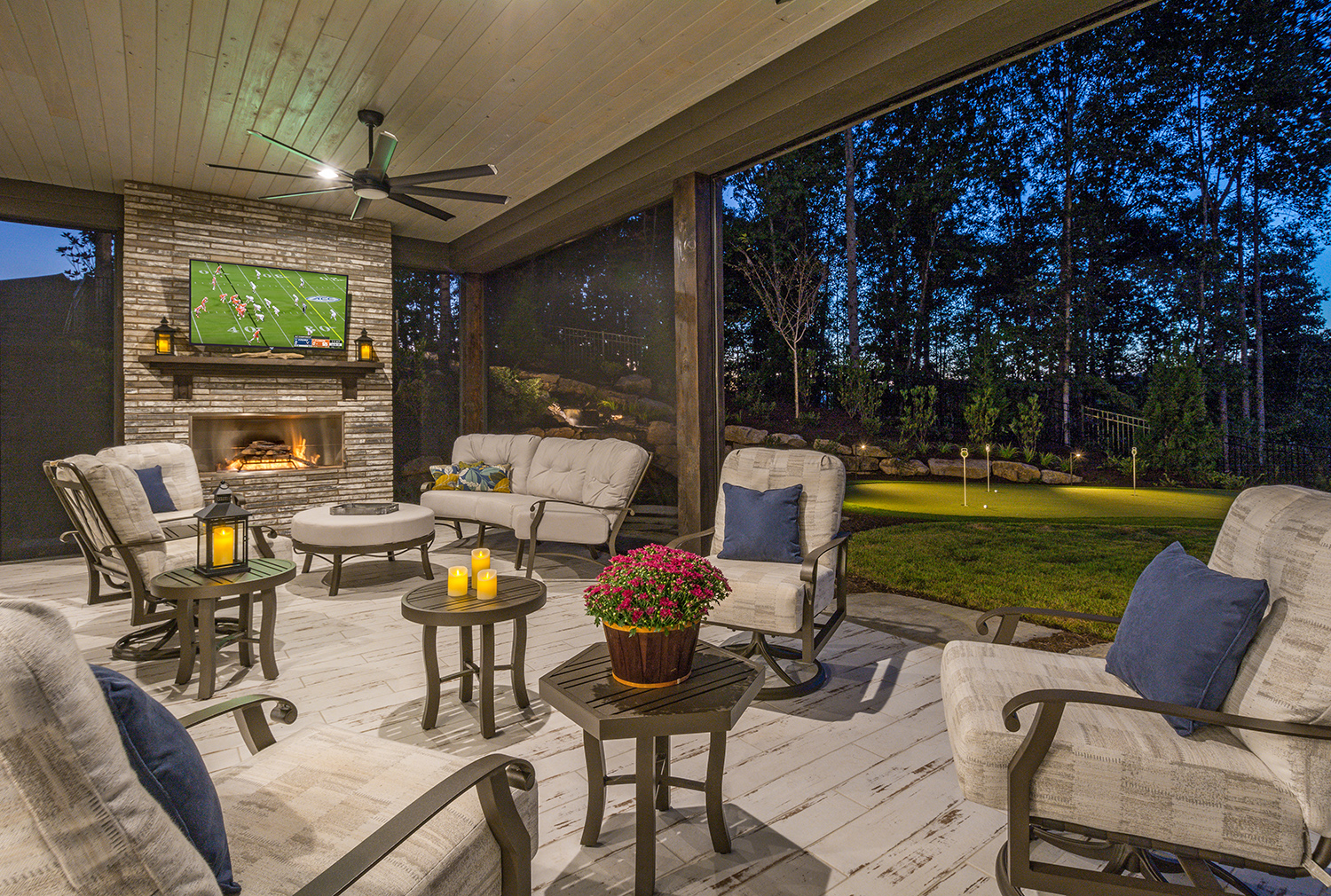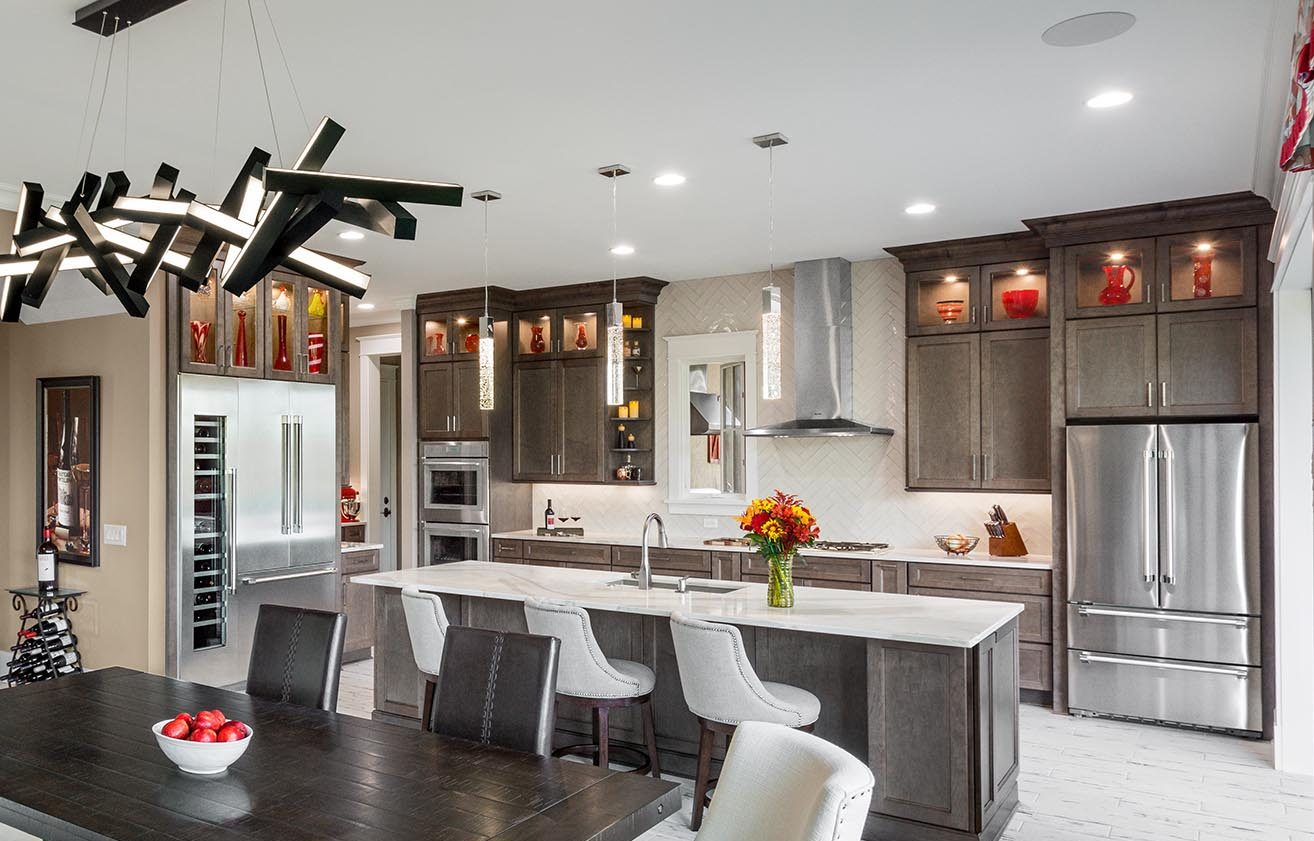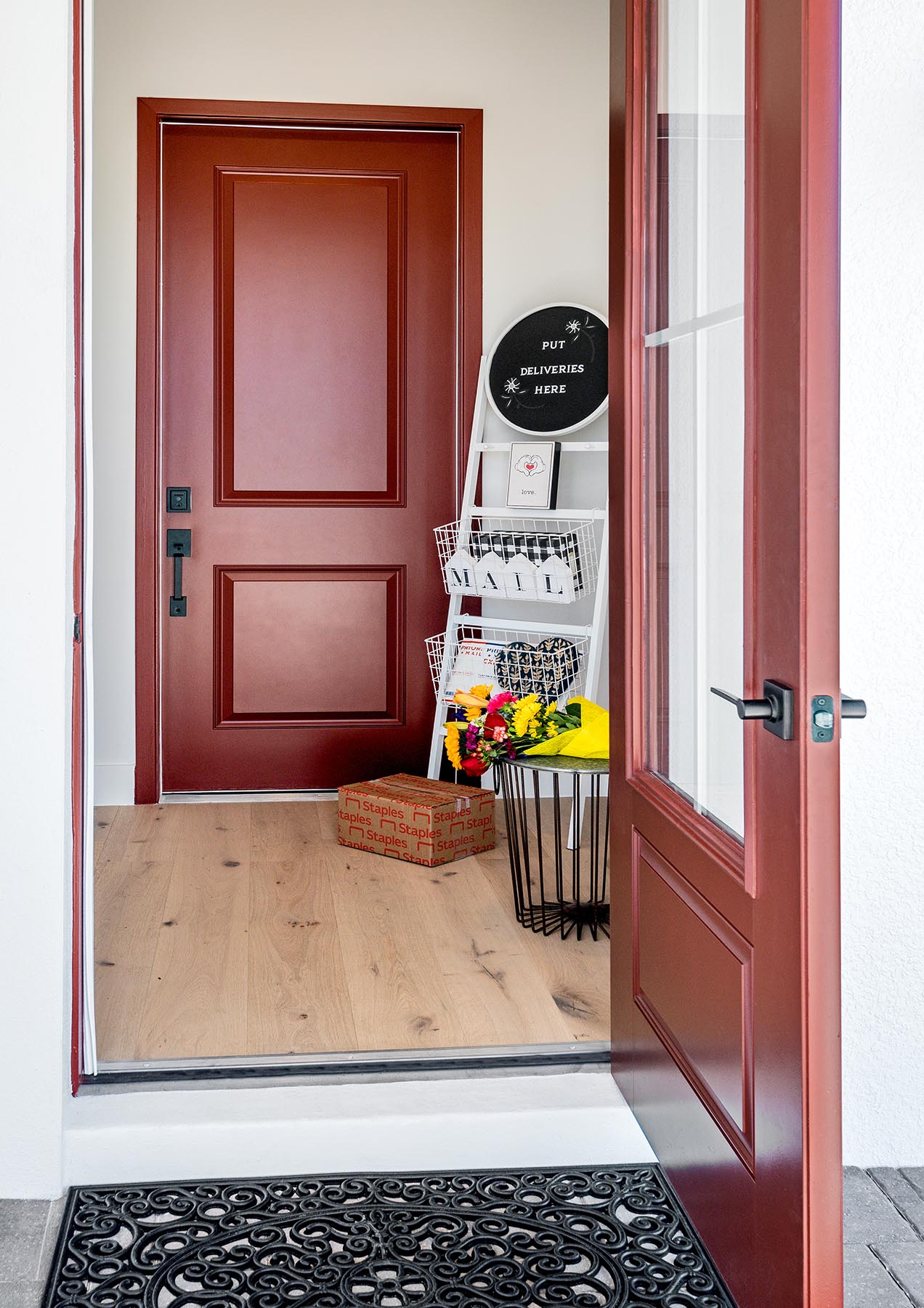It’s Tuesday morning and I am about to launch into three presentations at the International Builders’ Show! My first presentation is Best Practices for Entering the Best in American Living Awards (BALA). I am excited because I will chair the BALA committee for this coming year.
With that in mind, I thought now was a good time to remind builders and designers that it’s not too early to start thinking about what you’re going to enter in next year’s award show. The entry deadline is typically Labor Day, and a good entry takes time and a little advanced planning.
Surely, you have done something unique and award-worthy – but it can only win if you enter. Here are some great steps to consider:
• Does the house or project have a good story?
• Scouting the project
• Make adjustments for photography
• What props can be added?
Does the house or project have a good story?
This is a key and often overlooked first step to any award entry. If you send in a photographer to document a house on their own, you may end up with a really cool shot of a faucet, but you might not have a photo that helps judges understand the house’s unique selling point.
Take pictures with the story of project in mind. Who lives there? Why does the house make their life better? These are stories that a good photographer can convey once they know what they’re capturing.
Scout the Project
Just this week, I was scouting a newly decorated model. I’m always looking for the key shots that I want to tell the story. I typically take a picture with my iPhone and mark up a floor plan. This will give your photographer a shot count. Almost all award entries require shots of the kitchen, great room, owner’s suite, and owner’s bath on this inside as a minimum. I would also recommend three exteriors with the front of the house being the most important.
Scouting a project ahead of time also allows you to determine what time of day to shoot. What direction does the house face? We don’t always build houses with the future photoshoot in mind. If your house faces north, getting sun on the face of the house is going to be a challenge. Sometimes a dusk shot works for this. If you live in the South, you could try shooting the house around the summer solstice –another reason not to wait until the last minute to shoot the house.
What about the landscaping? Is the grass green? Do the trees have leaves? I once sent a photographer to a job in spring only to discover the crepe myrtle trees had no leaves! Turns out crepe myrtle and sycamore trees are the first to lose their leaves and the last to get them back. Does the landscaping have enough color? You might need to enhance with colorful potted plants.
What adjustments are needed before the photoshoot?
This is potentially the most overlooked aspect of housing photography. The interior designer did a great job merchandising the house with the idea that buyers are walking through the house. That is a dynamic, ever-changing view. But when it comes time to static photography, a critical eye is needed to determine if the interior design works with the shot you have in mind. You get one point of view in a photo, so don’t be afraid to make adjustments. That may mean moving things around to open a view to a key feature in the home that is a part of the story – ie: not being able to see all the way through to the Messy Kitchen or how the Laundry connects to the Owner’s Closet. Or maybe the things that made the perspective buyer project themselves into the home are now a distraction in the photo. Be on the lookout!
What about outside? No, I’m not suggesting you bring in a tree or anything drastic. Here are a few pointers:
• Never underestimate the impact of colorful annuals.
• Colorful potted plants are always nice, especially since you can move them around.
• Does the front and back porch have inviting furniture?
• Can the big Model Home sign be installed after the photoshoot?
What props are needed for the final shoot?
Now that you’ve scouted the home, you know what’s missing and what to bring/request. I always come prepared with props.
• Flowers: I bring fresh flowers and a vase (don’t assume there is one in the model home). Orchids are another good addition as they are very sculptural without blocking the subject matter. I also bring colorful potted plants to add to the landscaping. Perhaps just a pop of color to draw the eye to the cozy sitting area on the front porch.
• Colorful fruit: I like to bring a bowl to fill with fresh fruit. It might be red or green apples, bright yellow lemons or colorful vegetables. The color depends on the interior of the home.
• Decorative towels: When shooting the bathroom, it is nice to drape a towel over the tub – in addition to towels that may already be hanging.
• Candles: I like battery operated, but feel free to go nuts!
On a recent photoshoot, I needed to demonstrate the Parcel Delivery Vestibule. Naturally, I totally forgot to bring any parcels. At the last minute, I scrambled and got an empty box from the trash and added the flowers as if they had been delivered. Next time, I hope I’ll remember to bring in a couple of grocery bags to really drive home the point of the vestibule.
There is a lot that goes into shooting a house. I can’t tell you how many times I’ve seen a spectacular house be letdown by underwhelming photos that cause judges’ eyes to glaze over. Beyond great photography, I’ll give my final pointers:
• A clean easy to read floor plan is a must. Whatever you do, do NOT submit working drawings.
• Consider a bulleted project description that reveals the key components of the story instead of a big run-on paragraph.
• Avoid overused phrases like “blur the lines between inside and out” and flowery adjectives. Typically, judges are attempting to read over 400 entries. Why not make it easy on them to understand why your project needs to win?
I hope this helps out with your future award entries or even basic marketing material. Now get out there and get your projects ready to submit to the Best in American Living Awards. Let’s make 2023 a banner year!
Categorized in: Award Shows
This post was written by Housing Design Matters


